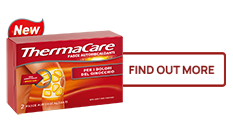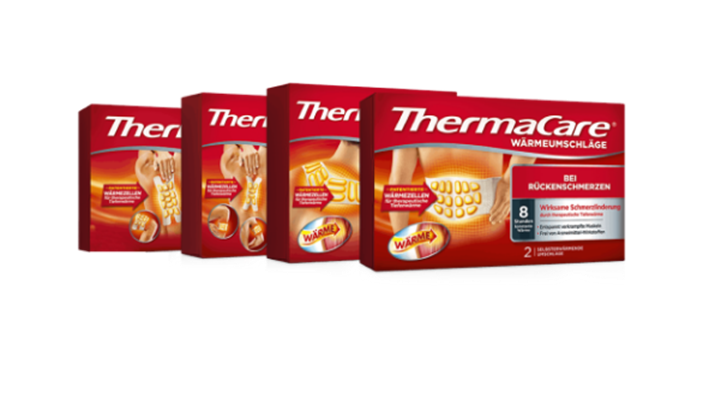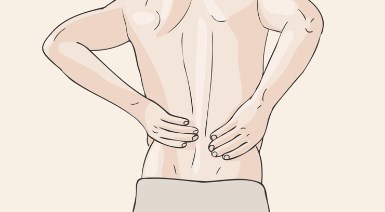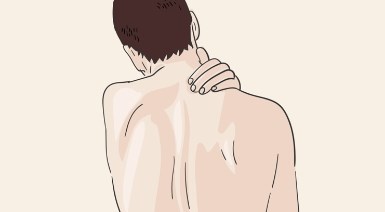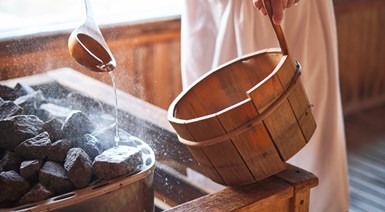RELIEVE PAIN: TREAT PAIN WITHOUT ANY DRUGS WITH THERMACARE®
ThermaCare® helps with pain: Find out here what you can do about back, neck, joint or menstrual pain.

WHAT IS PAIN?
Pain is a general term that describes uncomfortable sensations in the body. It stems from activation of the nervous system. Everyone knows this unpleasant feeling. However, pain intensity and duration is different for everybody. Regardless, pain is limiting and just plain annoying. When a pain occurs, you want to get rid of it quickly.
At the same time, pain acts as a warning signal from the body. Pain directs one’s awareness to the part of the body that needs attention because a problem exists. Acute pain helps to detect physical complaints in time. It is pain with a clear cause (a specific disease or injury) and lasts a few days or weeks. Chronic pain, on the other hand, may be considered a disease state, may arise from psychological states, has no recognizable end-point and goes on for a long time.
HOW DOES MUSCLE PAIN ARISE?
Muscle pain gets on your nerves - in every sense.
Pain is triggered by physical, thermal or chemical stimuli that exceed the personal tolerance limit.
- The body’s own pain receptors (nociceptors) are stimulated
- The impulses are processed via the spinal cord and transmitted to the brain.
- The more impulses arrive, the stronger the conscious perception of pain.
Pain impulses are not only transmitted from the spinal cord to the brain, but are also processed in the form of reflex reactions:
- An increasing number of pain impulses, for example due to a permanent bad posture and associated pain means an increasing reflex activity, which leads to a “cramping” of the skeletal muscle.
- The cramped muscles get less blood supply and contribute to
maintaining the painful state.
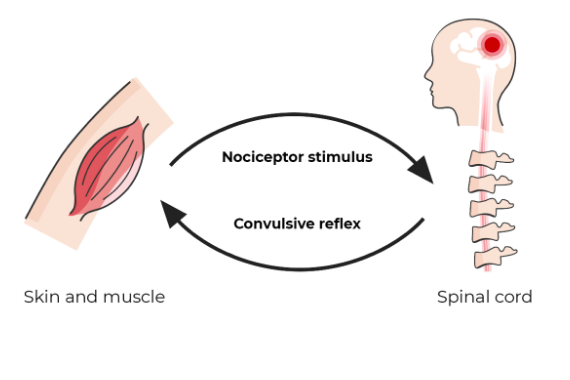
BACK PAIN
Back pain is common in the western world due to lack of exercise. Once the pain becomes chronic, the quality of life deteriorates. So that it doesn’t get that far, we have put together valuable information for you on how you can take action against back pain .

NECK PAIN
Neck pain and shoulder pain often occur in an isolated and weakened form, for example, as slight tension and dislocations. Psychological triggers such as fear or stress can increase muscle tension and worsen neck problems or shoulder pain. Here’s what you should know about it.
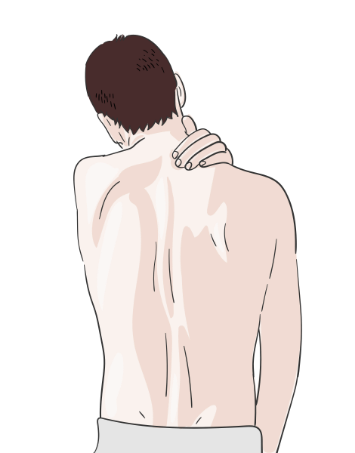
MENSTRUAL PAIN
The typical symptom of painful menstruation is lower abdominal pain. The pain is cramping or presents as a dull, persistent ache, most severe during the first 24 hours of menstruation.
Good to know: Most period pains are not an illness, but have completely natural causes, namely the turbulent interplay of female hormones. However, you do not have to accept the pain. We will tell you how you can use heat to relieve menstrual pain.
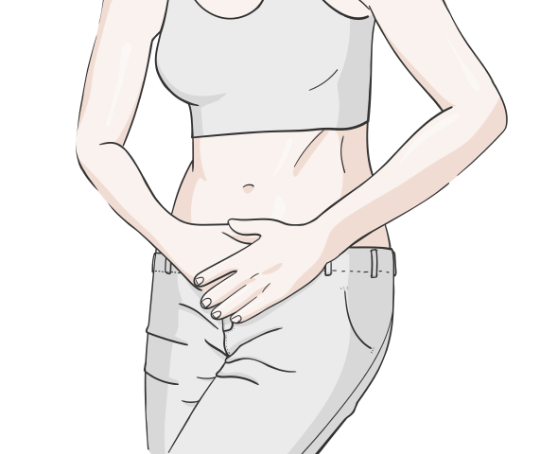
JOINT PAIN
Almost 400 different diseases are known in medicine that are associated with joint pain. Whether signs of wear and tear, injuries, inflammatory arthritis or metabolic disorders are behind it must be clarified by a doctor before starting therapy. Read here what you need to watch out for and what you can do about joint pain.
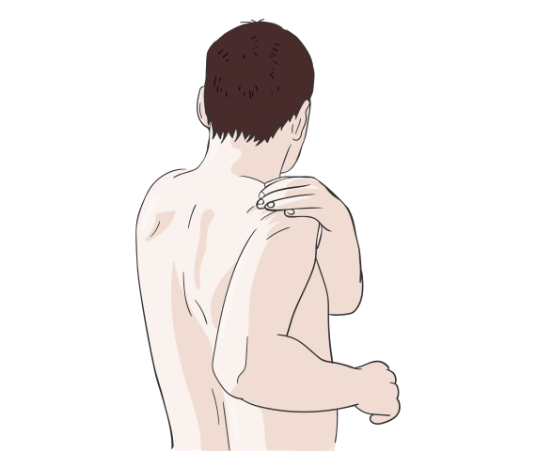
MUSCLE TENSION
Muscle tension is responsible for a large part of all muscular pain. Due to an initial damage, the tissue cramps, the blood circulation decreases, wrong posture and lack of exercise increase the cramps and you are caught in a vicious circle of tension. Fortunately, there are also natural ways to relax the muscle. We will tell you how you can actively counteract tension.

THINKING ABOUT DRUG-FREE TREATMENT METHODS, WHAT CAN I DO ABOUT MUSCLE PAIN?
The use of temperature stimuli in treatment is a drug-free and effective remedy for pain relief. Temperature stimuli by cooling or warming the painful area compete with the pain stimulus at the transition point of the nerve pathways into the spinal cord for transmission to the brain and thus lead to pain relief.
Heat therapy for pain relief
Heat therapy is the therapeutic application of heat to the body resulting in increased tissue temperature and pain relief. Heat therapy acts by: increasing tissue temperature, inducing muscle relaxation; increasing blood circulation, promoting tissue healing; decreasing the brain’s perception of pain.
How does the deep heat of ThermaCare® relieve pain?
ThermaCare® releases continuous heat locally at a constant and controlled temperature, which penetrates deep and acts at different levels to relieve pain: it increases deep tissue temperature inducing muscle relaxation and reducing muscle tone, thus increasing the range of motion; it induces blood flow increase and helps tissue recovery; it activates deep tissue-stimulating thermoreceptors which then inhibit nociceptive signals through the spinal cord and decrease the brain’s perception of pain.
- ThermaCare has the following properties: the therapeutic temperature of the application of about 40 °C.
- The heat acts constantly for 8 hours.
- The warmth penetrates deep into the tense muscles and the
painful tissue.
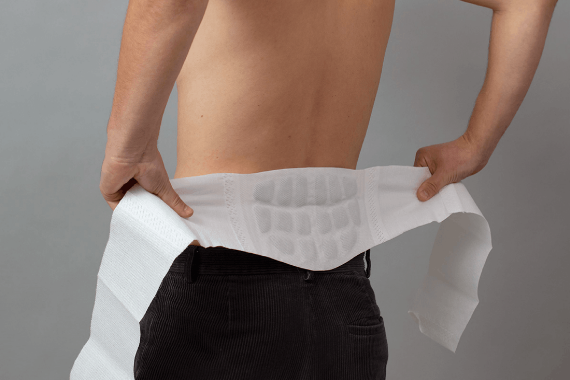
Frequently asked questions
- What is pain?
-
The International Association for the Study of Pain (IASP) defines pain as an “unpleasant sensory and emotional experience associated with actual or potential tissue damage”*. So, pain is usually a warning signal from the body. It shows us where there is a problem in the body.
*Treede et al. (2019). „Chronic pain as a symptom or a disease: the IASP Classification of Chronic Pain for the International Classification of Diseases (ICD-11)“.
- What is muscle pain?
-
Muscle pain is pain in the muscles caused, for example, by injury, inflammation, overuse, strain, sprains or tension in the muscle.
- How does muscle pain arise?
-
When there is injury to the body, pain sensors send pain messages via the spinal cord to the brain, which in turn produces a response towards the threat.
- What can I do about muscle pain?
-
Muscle pain can be relieved with many treatment options including pharmacological and non-pharmacological procedures. Amongst non-pharmacological treatments, heat therapy was demonstrated to have positive effects on pain, mobility and flexibility of hardened muscles.
